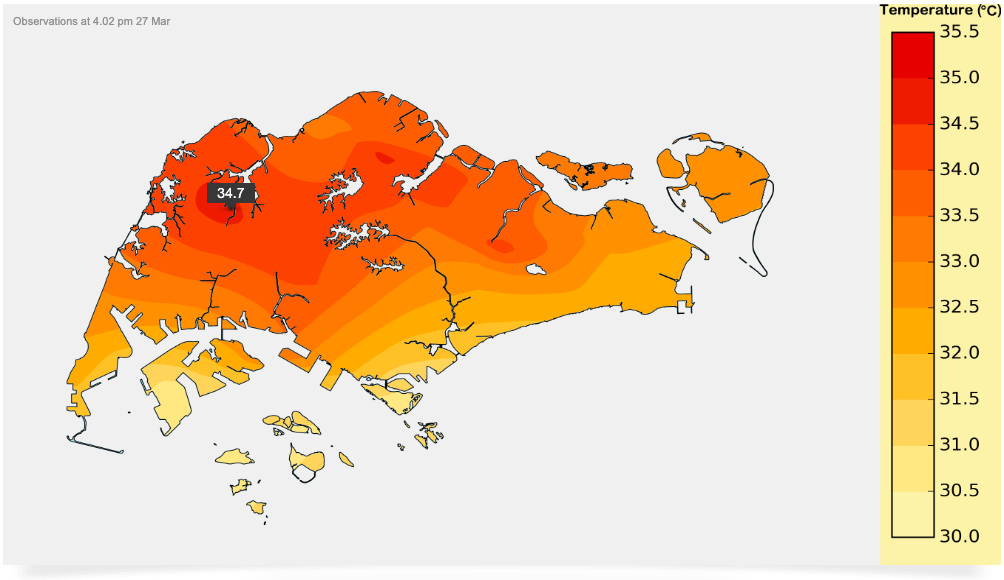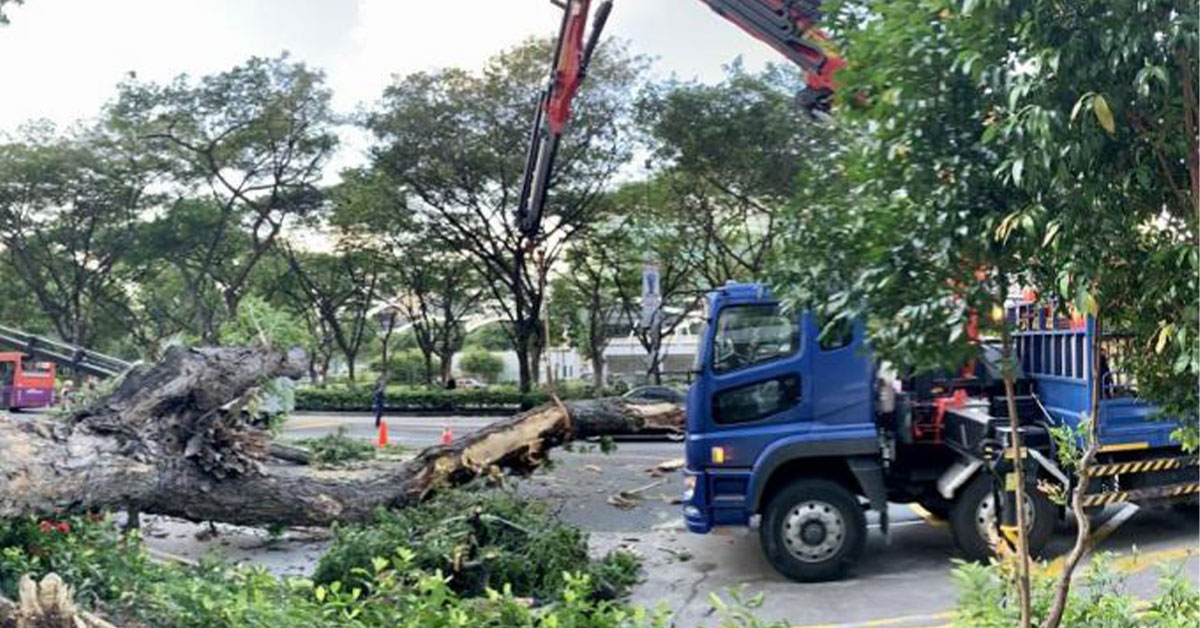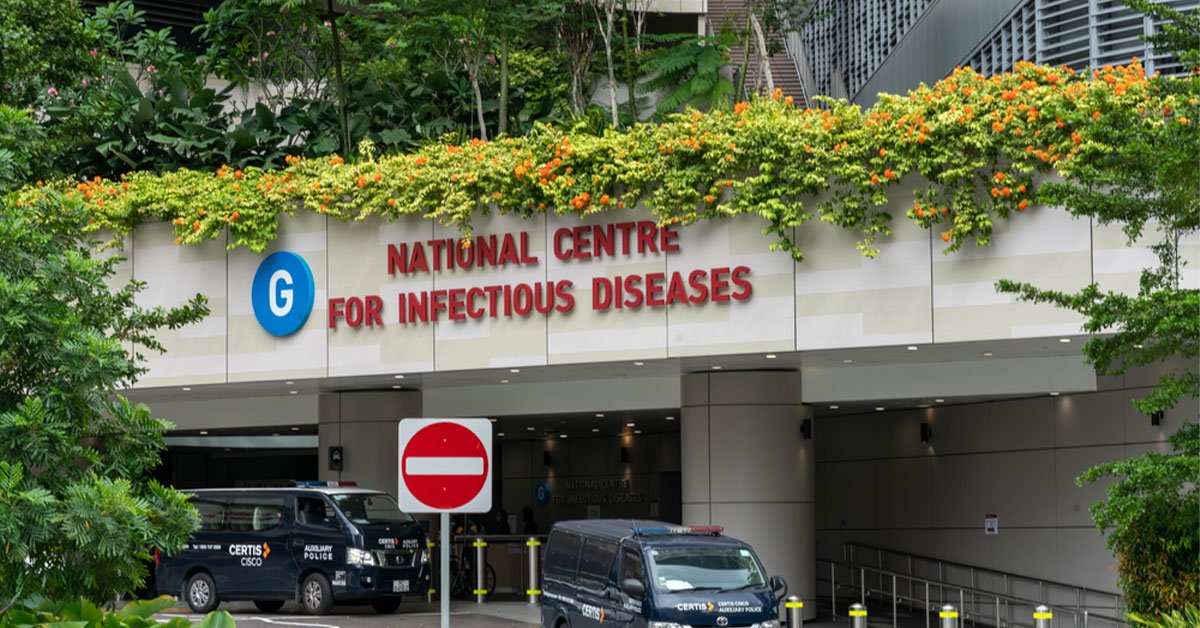When you wake up from a good night’s rest drenched in sweat, that’s when you know things are getting bad bad.
The National Environment Agency (NEA) has issued a warning to everybody in Singapore as ultraviolet (UV) index has hit extreme levels on the afternoon of 27 March 2024.
Reaching extreme levels at 12:15PM with a reading of 11, it soared to 12 by 12:45PM. Even at 2:15pm, readings continued to stay high at 10.

For reference, the daily maximum UV index on our island averages around six to nine.
At approximately 2PM the same day, temperatures ranged from 31.1 to 35.7 degrees Celsius, peaking in Paya Lebar.

What is the UV and the Ultraviolet Index?
As stated on NEA’s website, the Ultraviolet Index (UVI) is an internationally recognized measure of solar UV radiation reaching the Earth’s surface. Ranging from 0 to 11+, higher values indicate increased need for protection against sunburn.

Singapore’s UVI, recorded at Changi Meteorological Station hourly from 7AM to 7PM, reflects the average value over the last 15 minutes. Rain or clouds decrease the UVI, impacting its accuracy. Thus, UVI levels may differ across the island.
The agency notes that UV index levels often peak at ‘very high’ or ‘extreme’ between 11AM and 3PM on clear days.
The months of February, March, April, and September typically see the highest UV radiation levels.
While a good amount of UV can bring good health benefits such as Vitamin D synthesis and medical treatments, excessive solar UV radiation can pose risks to skin and eye health, warns NEA.
Dr Dana Elliott Srither, founder of local telemedicine platform Rexmed.io, cautioned that at a UV level of 12, sunburn could occur within just 12 minutes.
He also emphasized that prolonged UV exposure heightens the risk of cancer and eye ailments. Particularly for fair-skinned individuals, damage can begin after just five to 10 minutes of exposure.
Of course, the best measure is to stay indoors as much as possible, but if you have to leave the house, NEA advises sun-goers use umbrellas, wear broad-brimmed hats and UVA/UVB-blocking sunglasses, and apply SPF 30 sunscreen every two hours when outdoors.
In the meantime, temperatures in Singapore have remained high throughout the second half of March, with Choa Chu Kang hitting a whopping 36.3°C on 24 March, the highest in the month.
Whether the heat will continue to persist throughout April remains to be seen, but do remember to stay hydrated and healthy either way!



